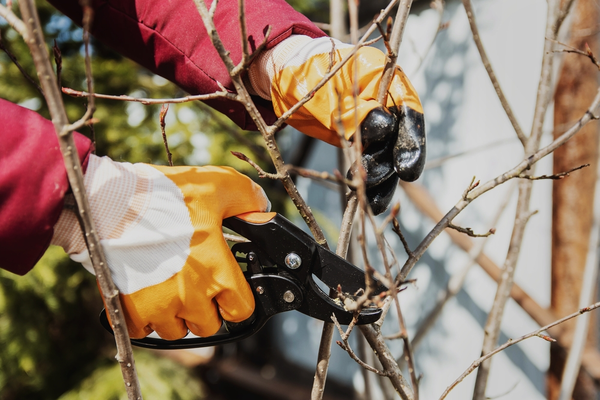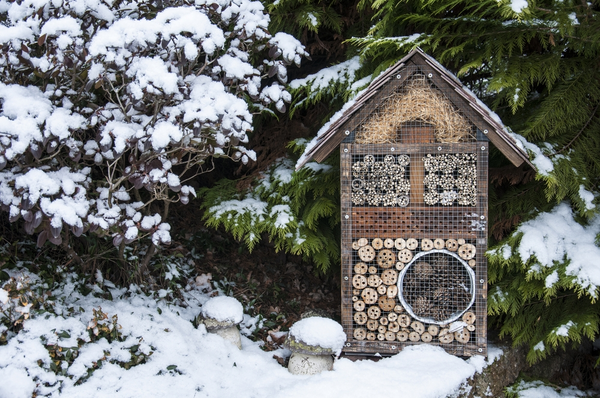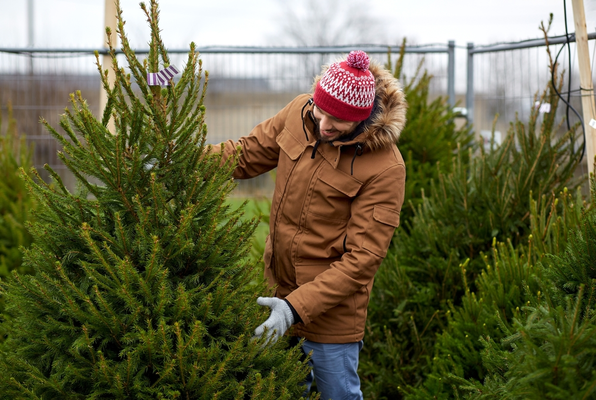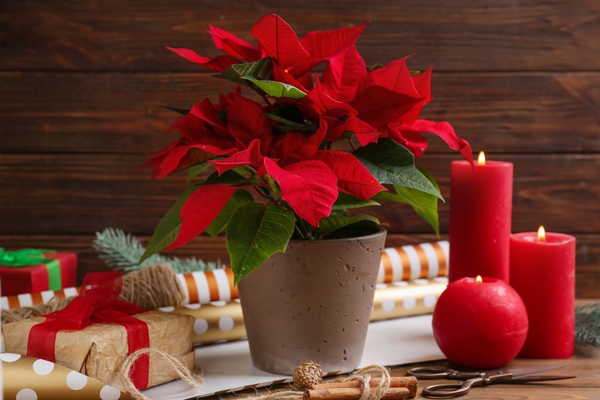Beautiful flowers in a riot of stunning colours, with a fragrance that fills the air – what could be better than a garden filled with sweet peas in summer? Growing sweet peas from seed is simple, and there are so many gorgeous varieties to choose from! Here are our top tips on how to grow sensational sweet peas.
How to germinate sweet pea seeds
Soak the seeds overnight in water before sowing to improve the germination rate. Some growers recommend nicking the seed coat with a sharp knife before soaking the seeds, but take care to avoid damaging the ‘eye’ of the seed – this is where the new root and shoot will emerge. Alternatively, lay the seeds on a damp kitchen roll and place this in a closed container somewhere warm until the seeds swell and start to sprout.
How to sow sweet peas
Sow sweet peas indoors in autumn or early spring. They do best if the roots are encouraged to grow long and deep, so start them off in root trainers or toilet roll tubes filled with multipurpose compost. (The advantage of sowing seeds in cardboard toilet roll tubes is that you can plant the whole tube out in spring and let the cardboard biodegrade in the soil.)
Sow 2-3 seeds per pot, approximately 2cm deep, and place the pots in a cold frame or unheated greenhouse. If you soak your seeds before sowing, don’t water them again until you see the seedlings appear.
You can also sow sweet peas directly into the ground in April and May in mild areas.
How to care for sweet peas
Sweet peas need a bit of care and attention to produce their fabulous flowers, but the results are well worth the effort! Follow these steps for a summer of spectacular flowers.
-
Once the seedlings have three to four pairs of leaves, pinch off the growing tips to give you bushy plants with plenty of flowers.
-
Before planting your seedlings, enrich the soil by digging in plenty of garden compost or well-rotted farmyard manure. Put up supports such as cane wigwams, trellis or netting for the sweet peas to climb up.
-
Plant out the seedlings in a sunny spot outdoors in April or May after the last frosts are over. Harden them off for a week before planting by leaving the pots outside during the day and bringing them back in at night.
-
Although sweet peas are self-clinging climbers, tying the main stems to the supports helps to get the plants growing in the right direction.
-
Water regularly, especially during dry periods. Once the flowers appear, feed fortnightly with a high potash feed – tomato feed is ideal.
-
If you want plenty of flowers, it’s essential to pick them regularly, as the plants will stop flowering if they are allowed to set seed. Sweet peas make superb-cut flowers for the house!
We have a fantastic range of sweet pea seeds in the centre, as well as plenty of other flower and vegetable seeds. Visit us today to see what’s in store!




